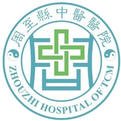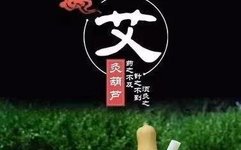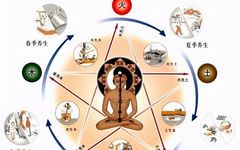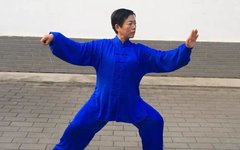Traditional Chinese Medicine Therapy: Gua Sha in Rehabilitation
Gua Sha is one of the traditional natural therapies in China. It is based on the theories of the twelve meridians (shí èr jīng mài), eight extraordinary vessels (qí jīng bā mài), and the skin (pí bù). Using a Gua Sha board (made of materials such as horn, jade, or glass), practitioners scrape specific areas … Read more

